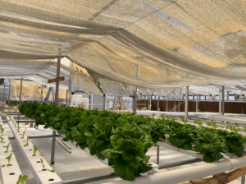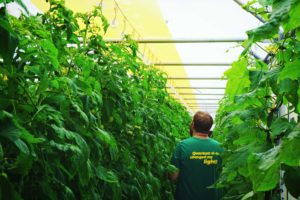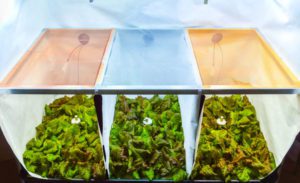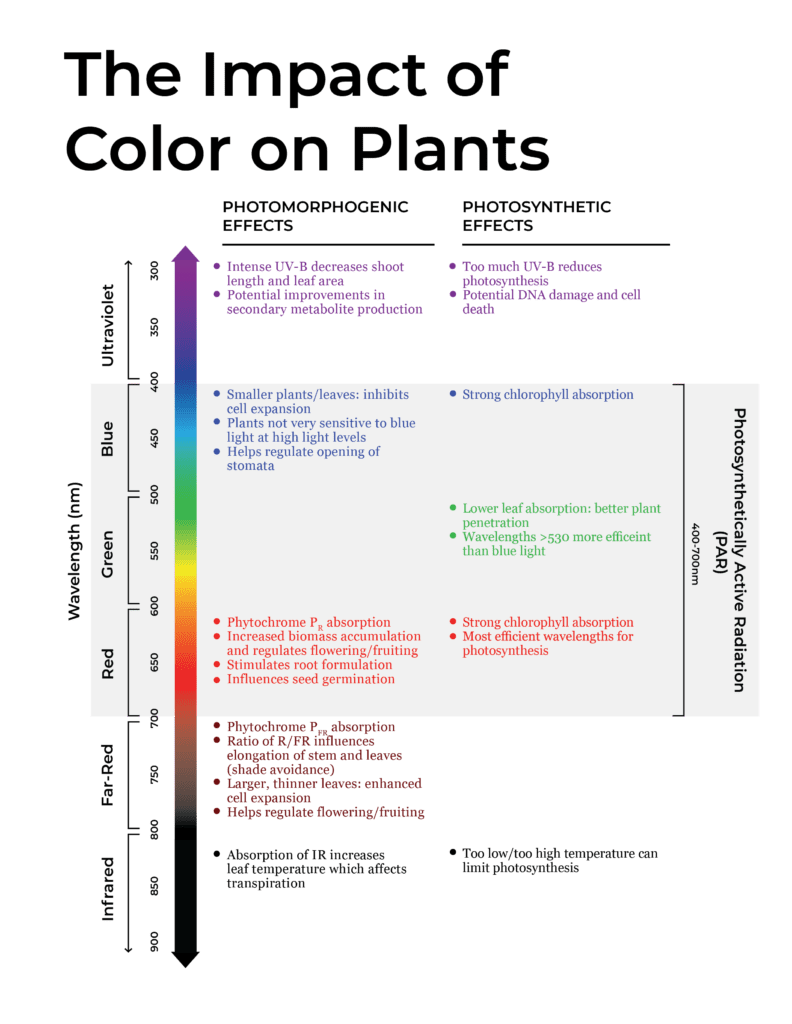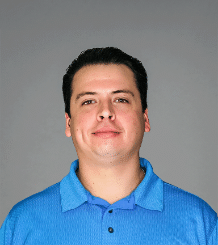
+9.4% Yield Boost in Romaine Lettuce Trial
+9.4% Yield Boost in Romaine Lettuce Trial AT A GLANCE</h4 Results Crop Farm Location +9.4% Wet Weight; +4.4% Dry Weight Lactuca sativa L. ‘Coastal Star’ Romaine Lettuce Santa Fe Community College Research Greenhouse Santa Fe, NM, USA DOWNLOAD CASE STUDY PDF ABOUT THE PROJECT Discover the future of agriculture with SFCC student Lydia Steinhoff’s groundbreaking study, guided by Professor Shultz and Manager Casas. Explore the growth of ‘Coastal Star’ romaine lettuce under UbiGro Inner 650 luminescent quantum dot (QD) greenhouse film versus a control film at Santa Fe Community College Research Greenhouse in 2022. Special thanks to UbiQD, Inc. for vital support. Uncover the potential of Controlled Environment Agriculture and advanced greenhouse cover in revolutionizing crop cultivation. Ready to shape the future? Join us on this journey. College Research Greenhouse in 2022. EXPERIMENT UbiGro QD greenhouse films emitting at 650 nm were installed above a 254 ft2 (23.6 m2) nutrient film technique (NFT) system inside the Santa Fe Community College Research Greenhouse (SolaWrap cover, 83% PAR transmission). An identical neighboring NFT area in the greenhouse was chosen to serve as the control group, over which a clear polyethylene film (K50 Clear 6 mil, RKW Klerks) was installed to balance the light intensities and diffusivities between the two areas (see Table 1 describing the haze and transmission of the QD film and the polyethylene control film). A reflective mylar barrier was hung between to the two areas to prevent light mixing between treatment areas. A Watchdog Plant Growth Micro Station with four quantum light sensors was installed to measure daily light integral (DLI) on each side of the experiment using five-minute measurement spacings. Crops were grown with Calcium Nitrate, Magnesium Sulfate, and Potassium Nitrate-rich nutrient salt solutions with targets of EC 1.7 and pH 5.8. In order to better achieve proper light intensity for lettuce, shade curtains were deployed over the crops in both treatments. Table 1. Optical properties of experimental films. Haze and PAR transmission of the QD film and the polyethylene control film. Over an 11-week period spanning July to October 2022, two seven-week crops were grown. Each crop consisted of 72 plants, including 36 plants per experimental group. Seeds were sown in Oasis Rootcubes on an ebb-and-flow seedling table inside the greenhouse. Each pair of plant groups was transplanted into the NFT system, under the QD film and control films, at approximately three weeks after sowing. The harvest times ranged from 45 days after sowing (DAS) to 50 DAS. The first harvest was completed on September 8, 2022, and the final harvest was completed on October 6, 2022. HARVEST DATA Due to labor scheduling, critical activities including sowing and harvesting were conducted ±4 days from the target nominal DAS, so days after treatment (DAT) were kept consistent between experimental repeats. The maturity time for this lettuce cultivar is 57 DAS, according to seed purveryer Johnny’s Seeds; however, this 57-day maturity time can vary with sunlight intensity, seasonality, climate, and other variables, which can be better controlled in a greenhouse. These maturities at harvest represent typical harvest times for a commercial greenhouse grower. Table 2. Average wet weights. Harvested wet weights, and % changes for lettuce harvests across experimental repeats. Positive % change values indicate greater performance under the treatment. Average wet weights for each harvest were compared across both crops, and are shown in Table 2 and in the form of bar plots in Figure 1. Harvest data outside of three standard deviations from the mean were consdired outliers; no data qualified as outliers by this definition, so all data collected were included in the analysis. Plants grown under the QD film exhibited larger wet weights in each experimental repeat. Greater yield differences (i.e., increases) were observed under the QD film treatment when plants overall were larger as in the first experimental repeat where +11% more fresh weight was accumulated under the QD film. The larger growth results represent the most impactful results of this experiment, as a commercial grower would grow out their crop to a marketable wet weight of ~100 to 150 g and would realize the yield benefit in terms of greater revenue (if selling by weight or size) or faster grow cycles (if selling by head count). This yield boost for the mature crop translated to the ability to harvest the same size crop 2-3 days earlier, which would compound to approximately one extra harvest cycle annually. Figure 1. Average wet weight. Average wet weights measured at 28 DAT in each experimental repeat and overall, with 1 standard deviation error bars. In this study, planting density was cut to approximately half-size from previous lettuce experiments in this NFT system to reduce shading by neighboring plants and thereby decrease variance; however, large variances remained, and larger variances were present in the treatment group in both experimental repeats. The persistent variance could have resulted from a number of factors, including the difference in cumulative light integral between experimental repeats. Harvest data from one week earlier indicated a lower magnitude of the treatment effects even one week earlier than these harvest data collected at maturity; more data on a larger scale could further clarify this result. The larger growth results represent the most impactful results of this experiment, as a commercial grower would grow out their crop to a marketable wet weight of ~100 to 150 g and would realize the yield benefit in terms of greater revenue (if selling by weight or size) or faster grow cycles (if selling by head count). This yield boost for the mature crop translated to the ability to harvest the same size crop 2-3 days earlier, which would compound to approximately one extra harvest cycle annually. Table 3. Average dry weights. Harvested dry weights and % changes for lettuce harvests across experimental repeats. Positive % change values indicate greater performance under the treatment. Average dry weights for each harvest were compared across both crops, and are shown in Table 3 and in the form of bar plots in Figure
